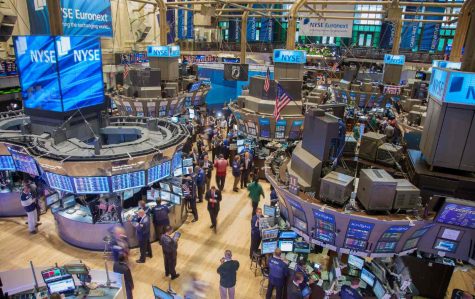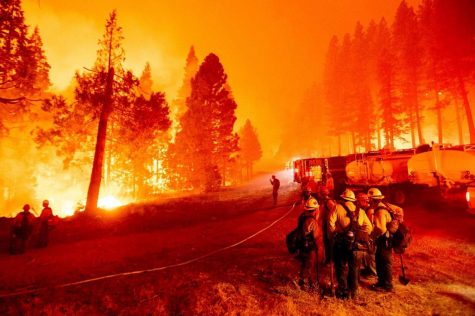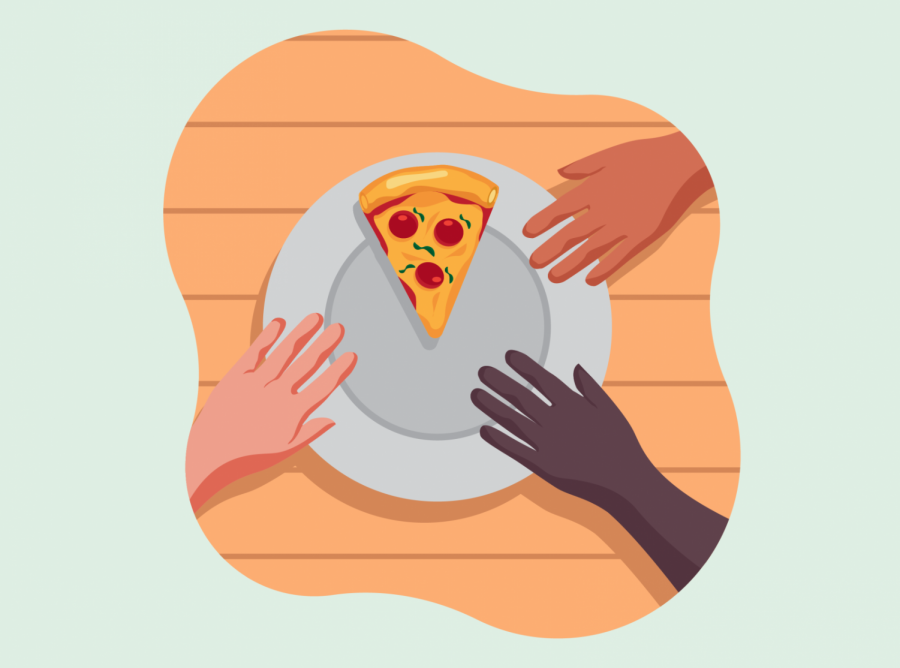
What do you think of when you hear the term “economic news”?
If it’s terms like “Wall Street”, or a picture like the one on the right, then you are on the wrong track. Those are business ideas, as you will learn by the end of this article, and they are only relevant thanks to the system they depend on (kind of like Libertarians).
This system is the national economy, which is less often talked about and includes topics such as the GDP and unemployment. Concepts such as this are essential in our everyday lives and can help us understand the economy from a better perspective.
Let’s start with the GDP, or the gross domestic product. When people say that an economy is doing well, they refer to the GDP. The GDP is, in basic terms, how much production there is in an economy.
The United States currently has the highest GDP in the world, which is why you might hear that the USA has the number one economy in the world. Likewise, California is doing well economically because, by itself, it has a higher GDP than 209 countries.

Of course, the GDP of a country has limitations, such as not accounting for black-market activities or environmental impacts. (California wouldn’t be doing so consistently well economically, for example, if the socioeconomic effects of all those wildfires are accounted for.) This is why it is not the only available economic measure¹, and we have other ways to check the state of an economy.
The second main measure, unemployment, is probably more relevant. If you have ever lost a job, or had a parent or friend who has, their new status as unemployed was counted in the unemployment rate of the United States. The unemployment rate is a better indicator of the standard of living than the GDP, as it accounts for what most people need to survive: a job.
The current unemployment rate of the United States is around 5 to 6%. While this may seem low, it can be argued that this number is artificial. Moreover, it can be factually stated that more than 5 to 6% of all the people in the United States don’t have jobs. This is because the people who don’t have jobs and are not looking for one are not counted in the unemployment rate. So this 5-6% only represents people who are looking for jobs.
It is typical for people to give up when looking for a job (or take a break for that matter), and many people do this. Because of this, there is one last measure we use to determine the standard of living of a country–the GDP per capita.
The GDP per capita is the ratio of the GDP of a country and its population. This helps us to better understand how much each person in a country actually contributes to that country’s GDP. The higher that contribution is, the better the standard of living is in that country.
But surprise, surprise! This measure has its problems also. Most notably, it does not account for wealth inequality (which is only growing in the US).
So, let’s go back to the beginning of this article. How does business depend on the economy? Well, businesses are a part of the economy (specifically, the production of the economy), and they need employees to carry out their activities.
If there is high unemployment rate, meaning a lot of people don’t have jobs, business owners will have a hard time finding workers and they will produce less. Consequently, they will be forced to lay off more workers and further increase the unemployment rate. This will, in turn, decrease the GDP. Events like this will cause the stock market to go up or down.
Please be on the lookout for my next article! Until then, stay economical, Nitros!
- a tool (typically a statistic) that helps us understand how an economy is doing







